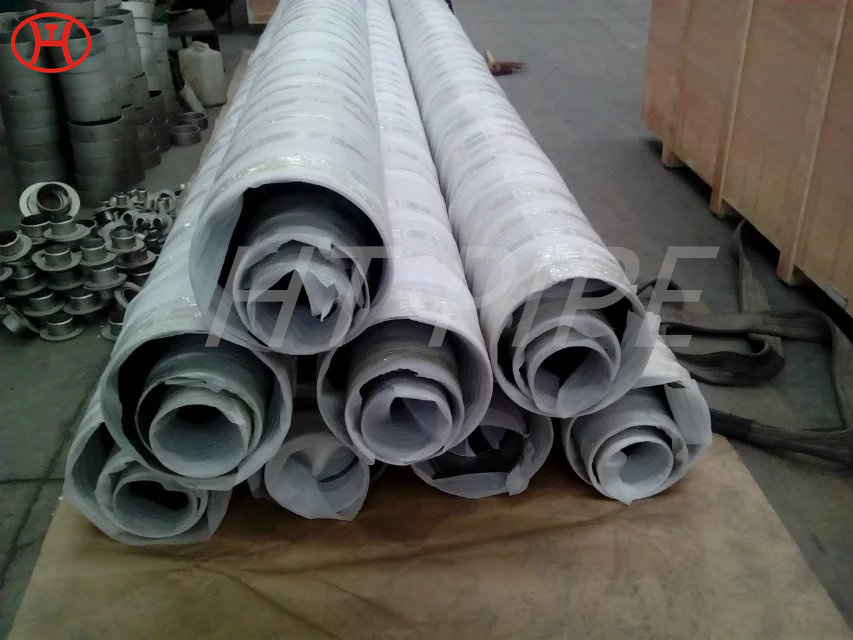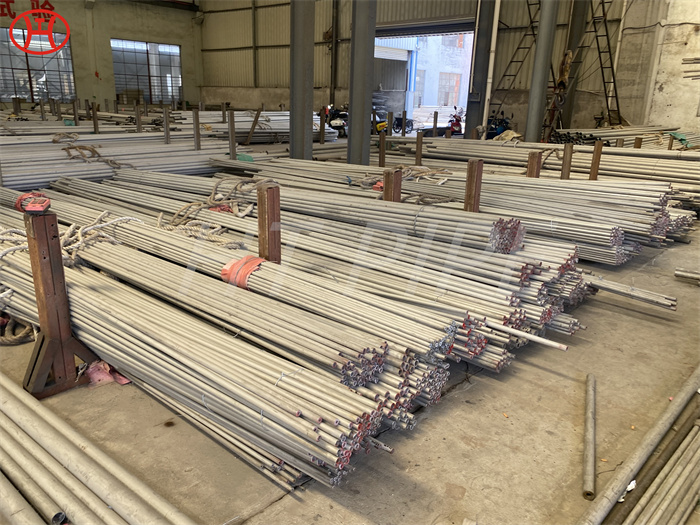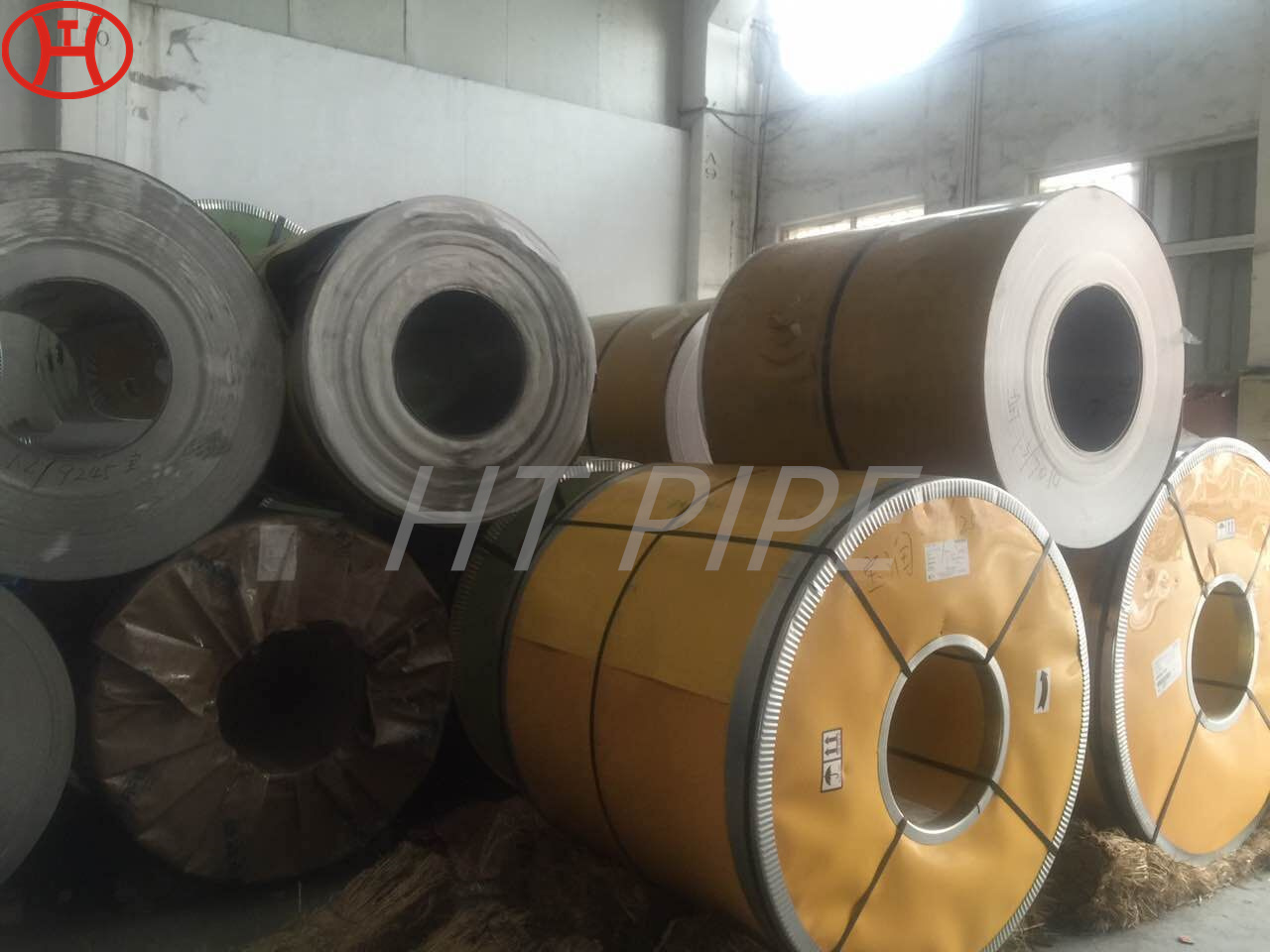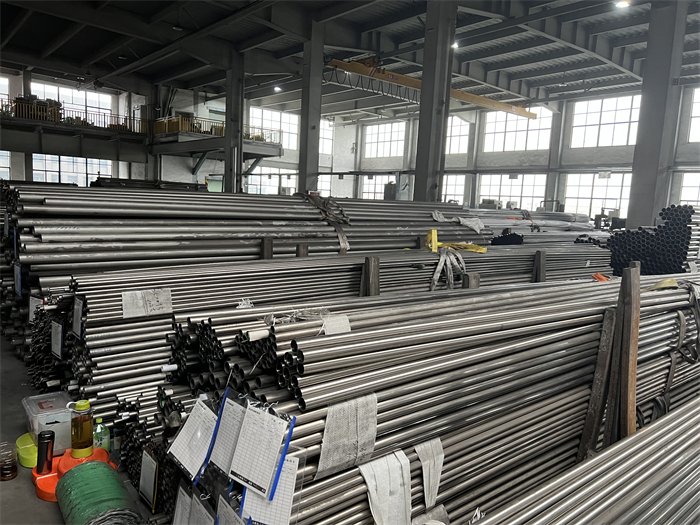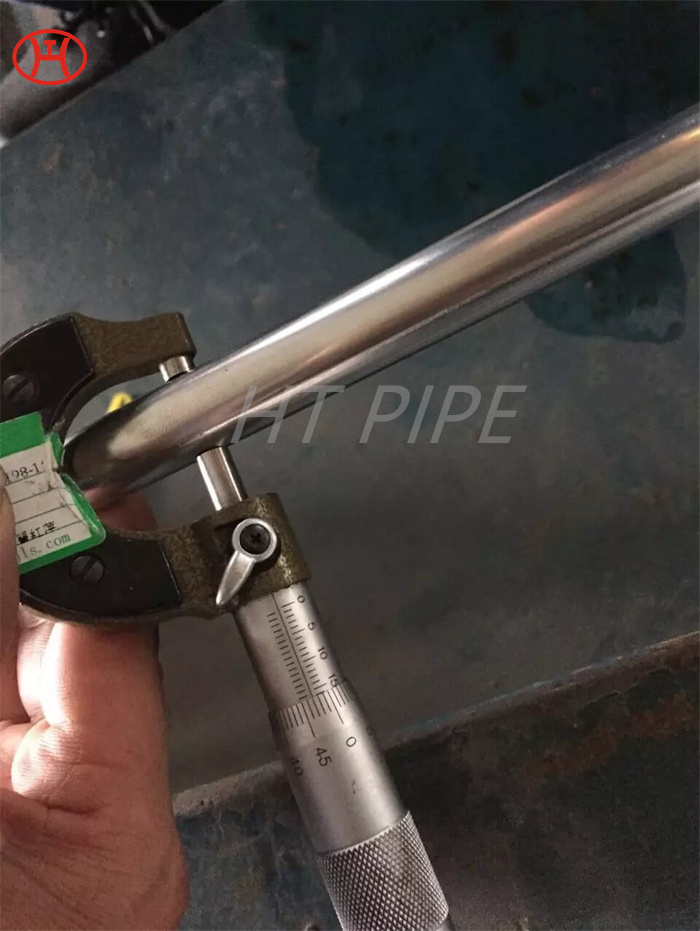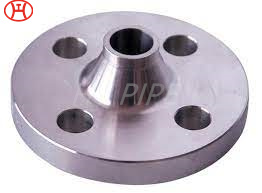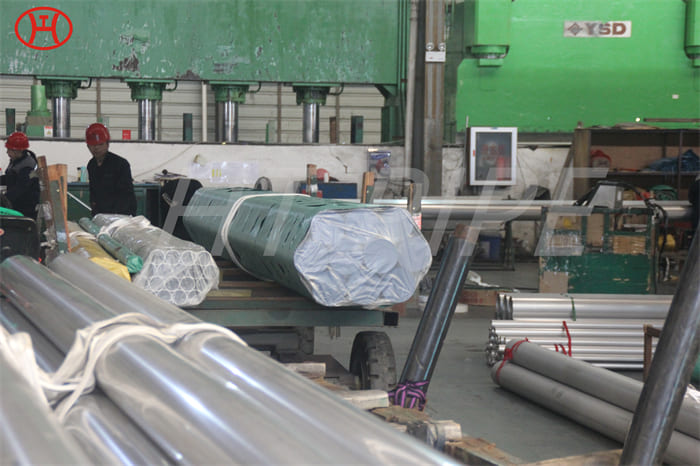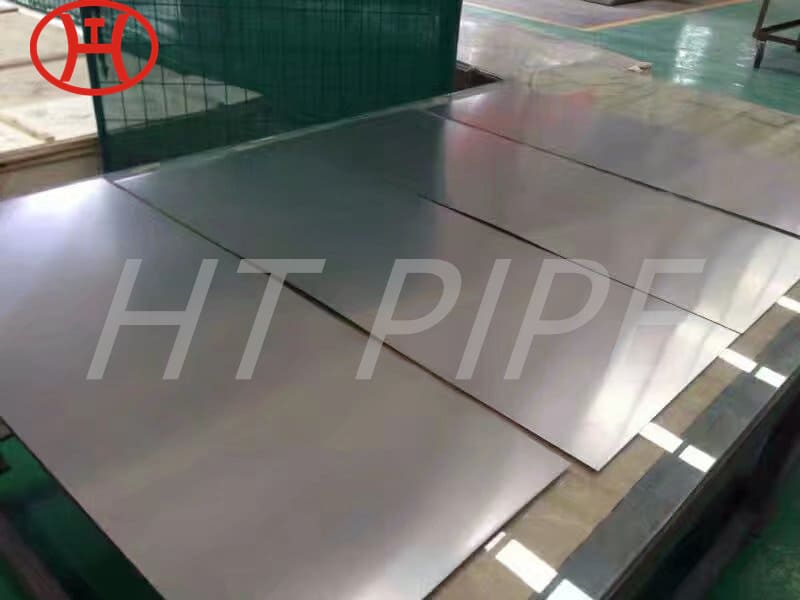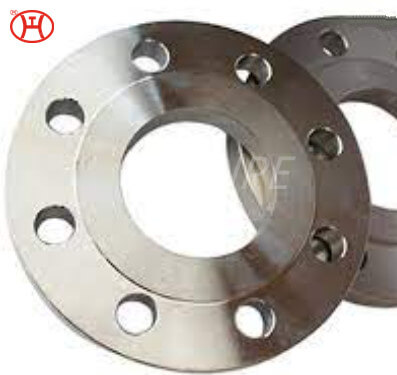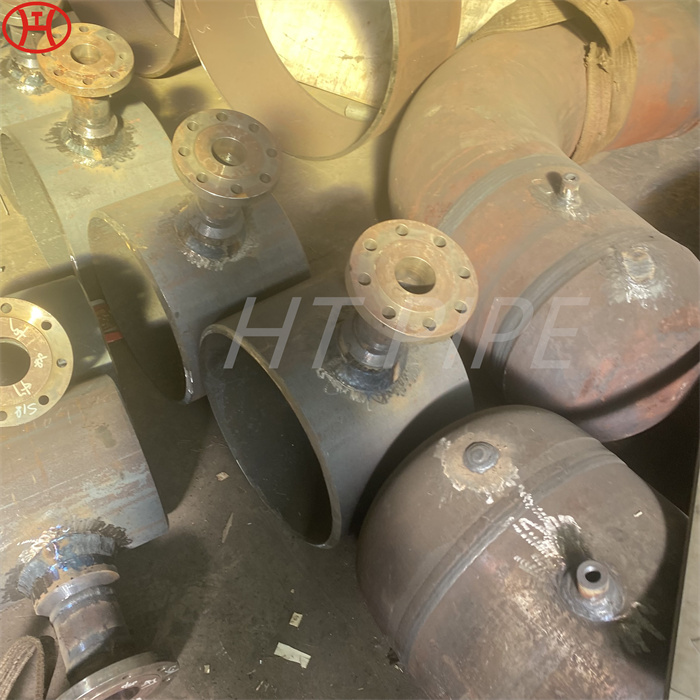Astm A240 F55 S32760 1.4501 304 Stainless Steel Plate 304L 304H Stainless Steel Sheet
304/304L stainless steel plate is one of the most versatile and widely used stainless grades. Due to its lower carbon content and higher chromium composition, this grade is among the best in its class for strength, corrosion resistance, and formability.
304 STAINLESS STEEL PLATE, SS 304L STEEL PLATE, ASTM A240 TP304 PLATE, ASME SA240 TP304L PLATE, 304/304L QUALITY STAINLESS STEEL PLATES
Stainless steel types 1.4301 and 1.4307 are also known as grades 304 and 304L respectively. 304 stainless steel plate is the most versatile and widely used stainless steel. 304 stainless steel plate is still sometimes referred to by its old name 18/8 which is derived from the nominal composition of type 304 being 18% chromium and 8% nickel.

304 stainless steel plate is an austenitic grade that can be severely deep drawn. This property has resulted in 304 being the dominant grade used in applications like sinks and saucepans.
Type 304L is the low carbon version of 304. 304 stainless steel plate is used in heavy gauge components for improved weldability. Some products such as plate and pipe may be available as “dual certified” material that meets the criteria for both 304 and 304L.

304 stainless steel plates are also a relatively low cost stainless product and used in a variety of applications. 304 stainless steel plates have excellent low temperature properties and respond well to hardening by cold working. 304 stainless steel plate have good welding characteristics and post weld annealing is not normally required to restore performance. 304 SS plates have excellent corrosion resistance in a variety of different media. Typical specifications for 304 and 304L ss plates are ASTM A-240, ASME SA -240 and A666.
SPECIFICATIONS OF 304 AND 304L ASTM A240 STAINLESS STEEL PLATE
| 304 STAINLESS STEEL PLATE | 304L STAINLESS STEEL PLATE |
|---|---|
| UNS S30400 | UNS S30403 |
| ASTM A240 | ASTM A240 |
| ASTM A666 | ASTM A666 |
| AMS 5513 | AMS 5511 |









